Almost all of us have heard of stablecoins. But the majority of us only know them for their simple description of being pegged to the dollar/Euro or some other major currency. But this is by far a gross simplification, as they have many interplays with exchanges, the Fed, inflation and the growth of the entire eco-system. Let me show you how interesting this gets.
Firstly, most pairs(spot) or contracts(futures) are stablecoin denominated, or quoted in USDT. That is to say, you need USDT to buy the underlying crypto token and obtain USDT when you sell the token. Simple enough. But consider what this means. This implies that every time the crypto eco-system grows, either with new traders or more money, more stablecoin needs to be printed to accommodate new demand to allow the stablecoin to keep it’s peg as well as make sure the spread between the price to buy or sell the token doesn’t get very large. That one way to make easy money.
Secondly, we know the Fed/government’s mission either to print endlessly or whatever ends up having the effect of endless printing. Another way for free money is simply to print just as much or less than the Fed. This was the stablecoin never devalues, if not appreciates. The second half of this point is also printing less than inflation, as inflation is not always necessarily Fed driven. So the combination is simply print less than the combined effects of inflation+Fed and free money.
This point is something I’ve touched on before. Almost all pairs/contracts are denominated in stablecoins, so the demand is always there. In this way, you make money off the spread of the bid(best price market willing to buy at) and ask price(best price market willing to sell at). It is typically a small spread percentage, but with constant demand it adds up quickly.
The last point is a little known one. Many stablecoins have deals with exchanges. This is why when looking through Alameda’s dealings we would see that they had been the largest recipient of Tether by latest transparency record til 2021. There were dozens of other large recipients many of whom were hedge funds and of course exchanges. The operation behind it is what amounts to a revenue sharing deal. The stablecoin issuer issues stablecoin to the exchange who has access to the actual market. The exchange can then lend to customers and earns interest, part of which is shared back to the stablecoin issuers, thus profit-sharing. In the case of hedge funds, the dealing are A LOT more obtuse, but it either amounts to a similar situation or, more likely, the hedge funds uses the stablecoin they are issued to directly make crypto traders themselves. The interest they pay on stablecoins that come directly from the issuer are less than interest they would pay if they borrowed from an exchange, as well as cheaper than outright buying the stablecoins.
These are the core points of how stablecoins are so profitable and basically a risk-free business. This is exactly why Tether only has 14 employees and is the most profitable company in the world on a per-employee basis.
TLDR: Stablecoin issuers make free money. They can do one or all of the following: simply print less and inflation plus Fed printing, print as the crypto eco-system grows, make money from spreads on stablecoins transactions that are always in demand, or lend funds to exchanges and hedge funds. All of these are effectively very risk-free, low-cost, low-resource was of “printing free money”. There are also revenue-sharing deals with hedge funds and exchanges to whom them lending stablecoins at heavily discounted rates.
[link] [comments]

You can get bonuses upto $100 FREE BONUS when you:
💰 Install these recommended apps:
💲 SocialGood - 100% Crypto Back on Everyday Shopping
💲 xPortal - The DeFi For The Next Billion
💲 CryptoTab Browser - Lightweight, fast, and ready to mine!
💰 Register on these recommended exchanges:
🟡 Binance🟡 Bitfinex🟡 Bitmart🟡 Bittrex🟡 Bitget
🟡 CoinEx🟡 Crypto.com🟡 Gate.io🟡 Huobi🟡 Kucoin.





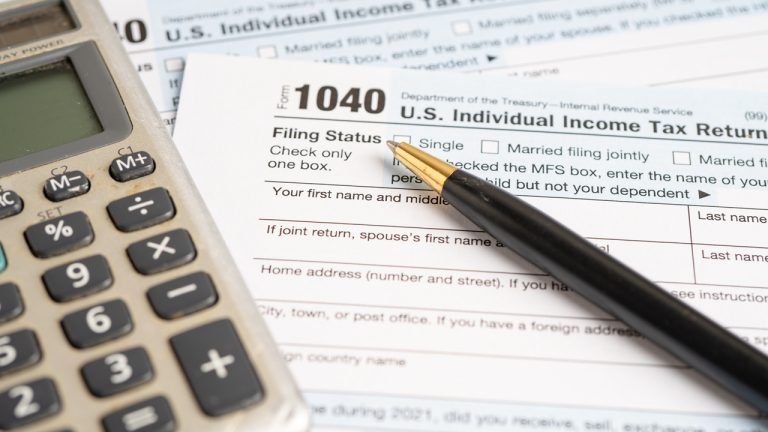

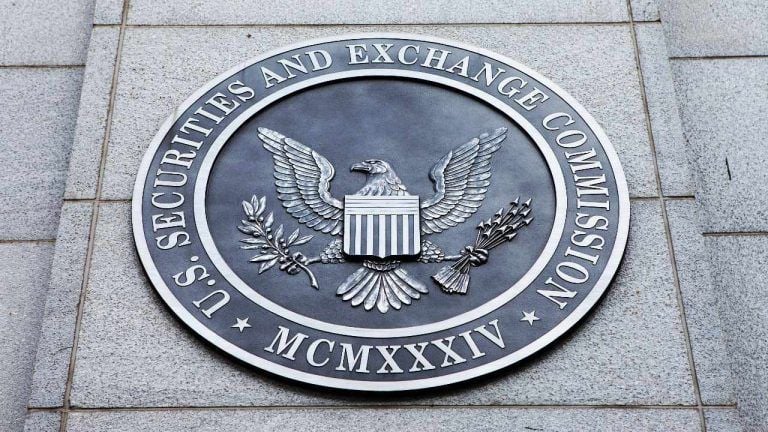




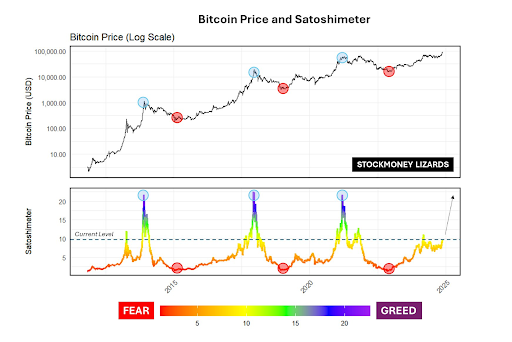
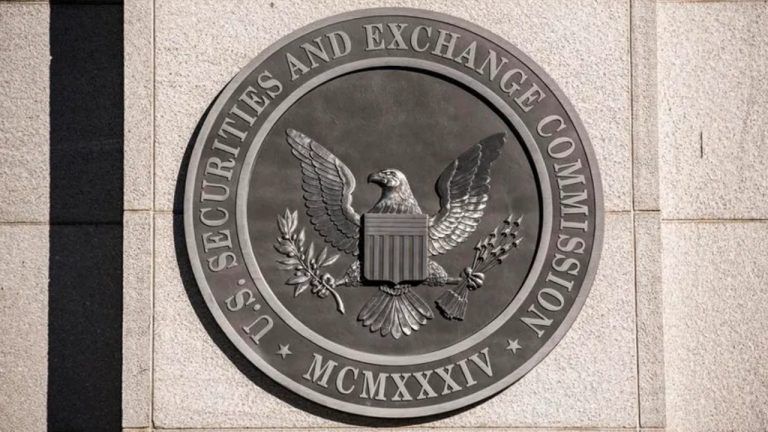
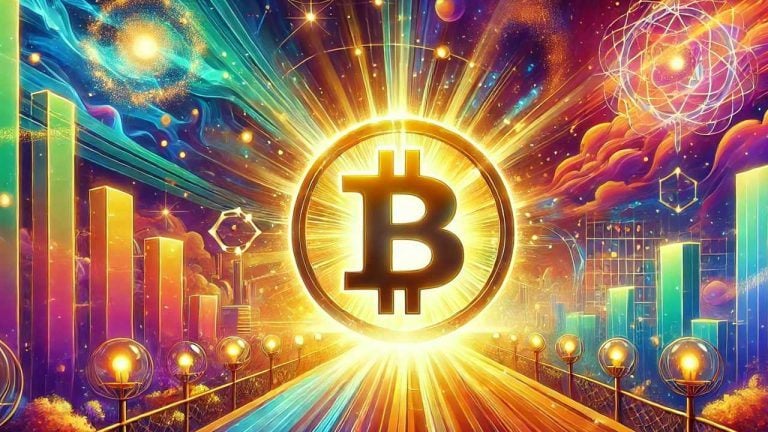
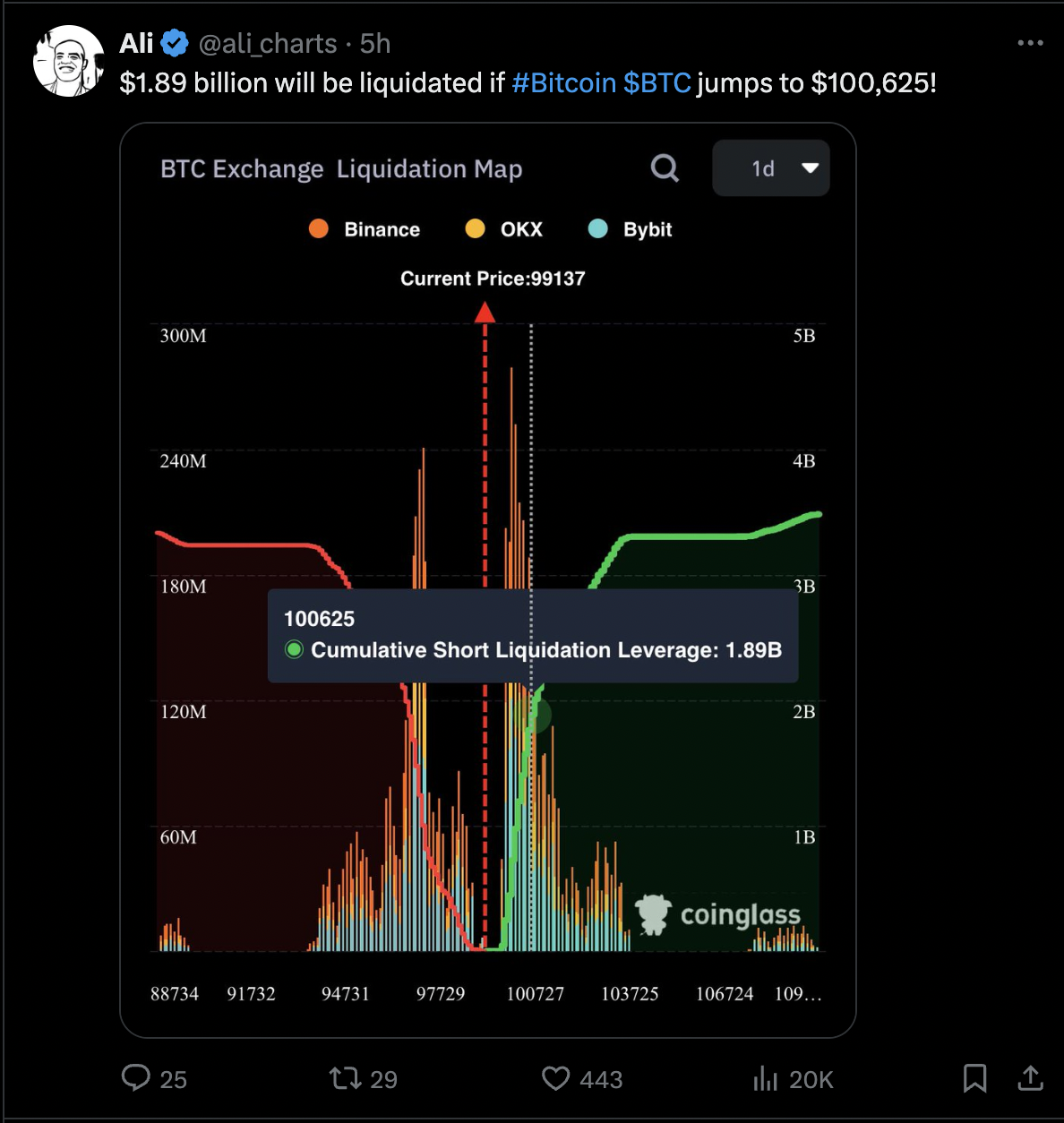
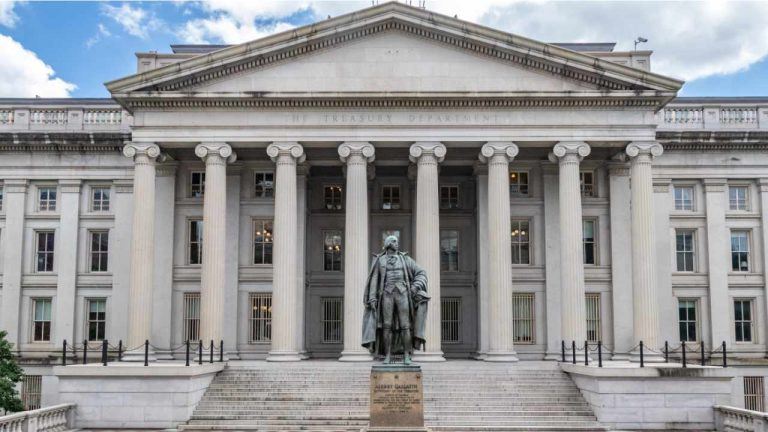

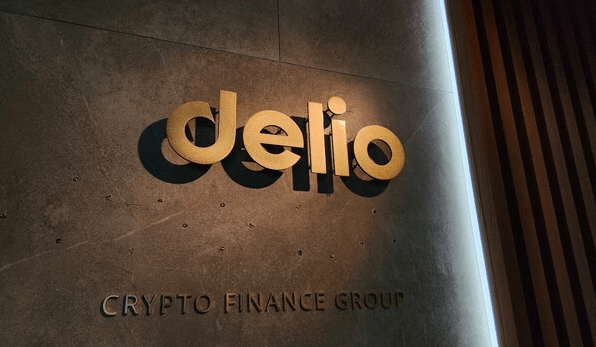

Comments